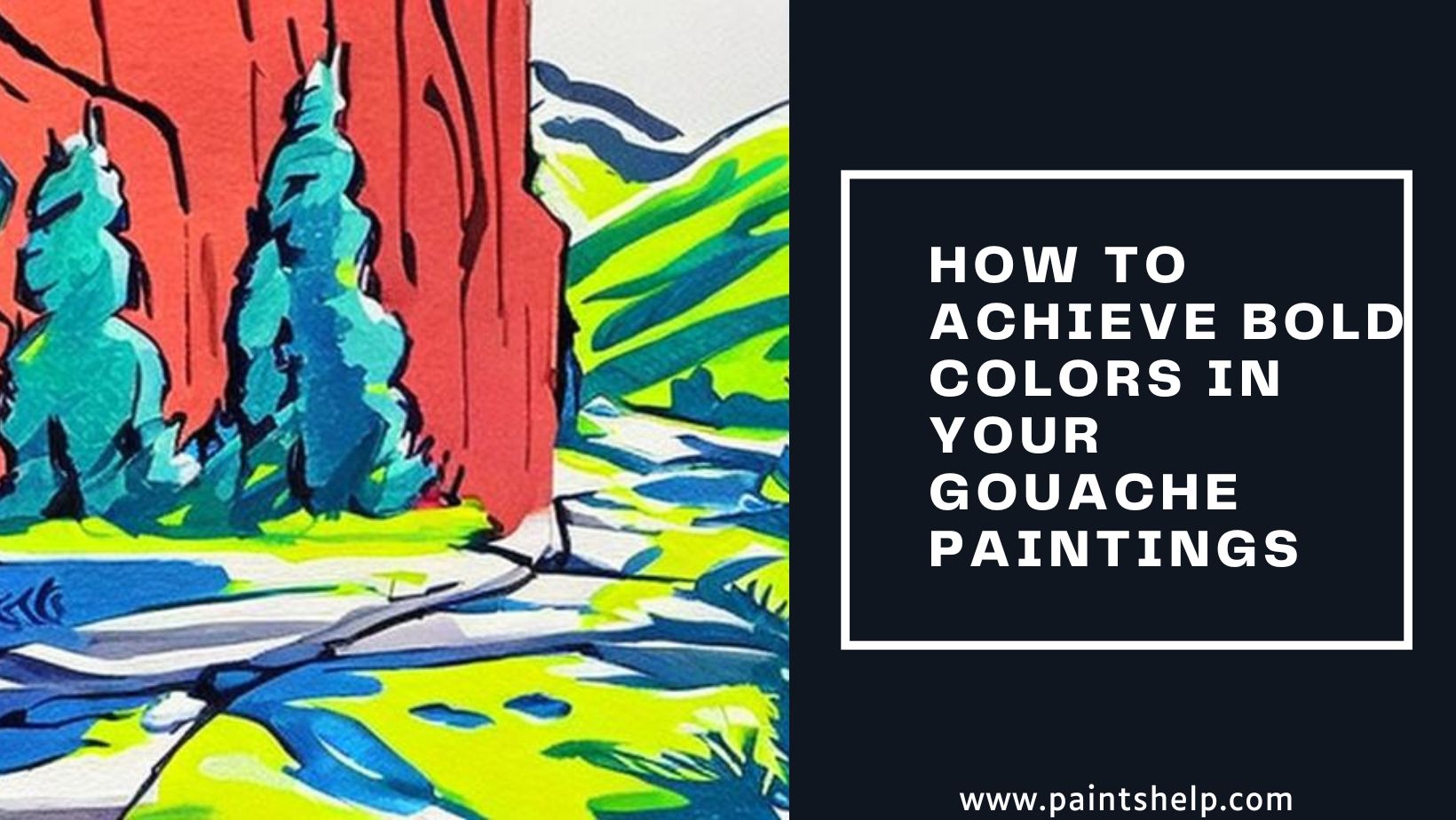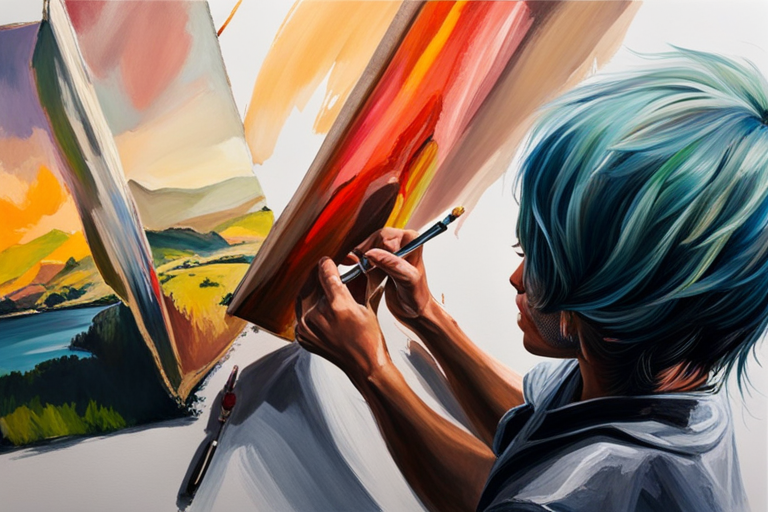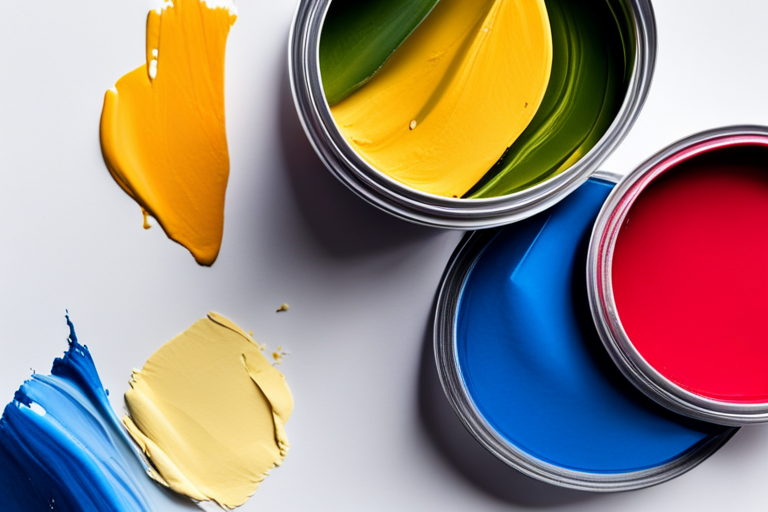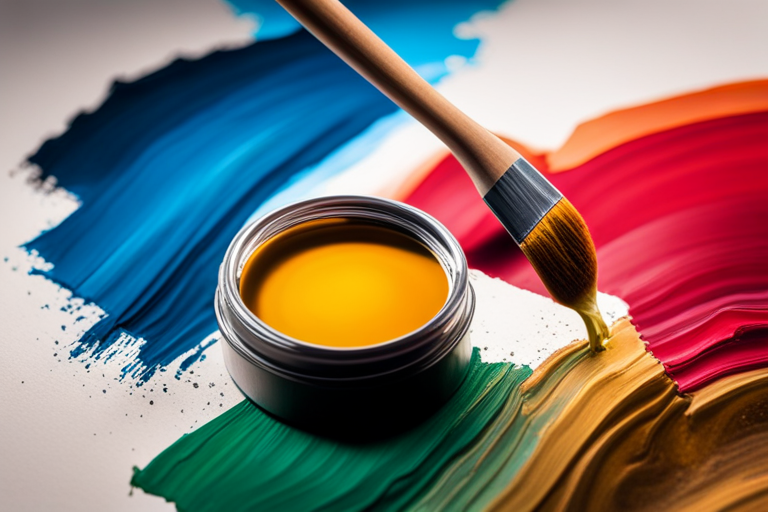Are you tired of your gouache paintings looking dull and lackluster? Do you want to achieve bold, vibrant colors that really pop off the canvas? Look no further than our expert advice on how to achieve bold colors in your gouache paintings. Gouache paints have been around for centuries, and they offer artists a unique ability to create vibrant, opaque paintings. However, achieving that boldness can be a bit tricky. In this blog post, we’ll guide you through the steps to help you master the technique of creating bold colors that you can be proud of.
To achieve rich and vibrant colors in your gouache paintings, it is essential to use high-quality gouache paints that have vibrant pigments. When it comes to layering colors, thin washes work best as they allow for each layer to dry before adding the next. Additionally, experimenting with complementary color combinations can create an opposite contrast and intensify your color palette. All of these techniques and more will be explored in detail, providing you with the necessary skills to create bold and striking gouache paintings.
High-quality Gouache Paints that have vibrant pigments
Gouache paints have gained immense popularity in recent years due to their versatility and vibrant pigments. High-quality gouache paints can be used by beginners and professionals alike to create beautiful artwork. However, not all gouache paints are created equal. If you want to achieve the best results, you need to invest in high-quality gouache paints that have vibrant pigments. In this article, we’ll take a closer look at how to identify and use high-quality gouache paints that have vibrant pigments.
Here are some tips and tricks to help you make the most out of your high-quality gouache paints:
1. Choose quality paints: Investing in quality gouache paints is essential if you want to create vibrant and long-lasting artwork. High-quality gouache paints are made with high-quality pigments. They may be more expensive, but they offer better coverage, durability, and a wider range of colors.
2. Prepare your surface: Before you begin painting with gouache, it’s important to prepare your surface. You can use any surface that has reasonable absorbency, such as paper, canvas, board. Make sure your surface is clean and dry before you apply the paint.
3. Mix colors: Gouache is unique because it allows you to mix colors easily. You can create any hue you desire by mixing two or more colors. You can either mix the colors on your palette or on your surface. Sometimes, water is added to the mixture to achieve the desired consistency.
4. Use light colors first: When painting with gouache, it’s best to start with the lightest colors first and work your way up to the darkest. This helps to prevent the colors from becoming muddy and helps to keep them vibrant.
5. Experiment with different techniques: Gouache paints can be used in a variety of techniques. You can use them for dry brush, wet-on-wet, or wet-on-dry techniques. Experiment with different techniques to find out what works best for you.
You can elevate your artwork to a new level by using high-quality gouache paints that have vibrant pigments. These paints are easy to use and offer remarkable coverage, durability, and vibrancy. With these tips and tricks, you are now equipped to create stunning artworks using high-quality gouache paints.
Layer colors by applying thin washes and allowing each layer to dry before adding the next
Layering colors is an excellent technique for creating depth and richness in your artwork. By applying thin washes of color and allowing each layer to dry before adding the next, you can build up a multi-dimensional effect. Whether you are painting with watercolors, acrylics, or oils, the layering process can enhance the visual appeal of your work.
There are several key tips to keep in mind when layering colors. First, choose your colors carefully. It is best to start with lighter colors and gradually move to darker colors. This will allow you to build up the intensity of the color gradually.
Next, make sure to apply thin washes of color. This will prevent the paint from becoming too thick and will allow each layer to dry more quickly. You can also experiment with different brush strokes to create interesting textures and effects.
Additionally, be patient and allow each layer to dry before adding the next. Depending on the type of paint you are using, this may take anywhere from a few minutes to several hours. Rushing the process can cause the colors to blend together or become muddy.
When layering colors, it is also important to consider the opacity of the paint. Some colors are naturally more transparent than others, so you may need to adjust the number of layers you apply to achieve the desired effect.
Finally, don’t be afraid to experiment and have fun with layering colors. This technique allows for endless possibilities in terms of creating unique and dynamic artwork.
It is essential to layer colors effectively in your artwork in order to give it depth and richness. By applying thin washes of color and allowing each layer to dry before adding the next, you can create a multi-dimensional effect that is visually stunning. With some practice and experimentation, this technique can become an essential part of your artistic toolkit.
Experiment with complementary color combinations to create opposite contrasts and intensify your color palette
Experiment with complementary color combinations to create opposite contrasts and intensify your color palette. This technique will add depth and interest to your artwork, making it stand out from the rest.
First, let’s define what complementary colors are. Complementary colors are those that are opposite each other on the color wheel, such as red green blue orange. When used together, the colors intensify each other, creating a bold and striking effect.
To use this technique in your artwork, start by looking at your chosen color scheme and identifying the complementary color. You can easily find the complementary color on the color wheel, opposite to the color you are already using. Once you have chosen your complementary color, try combining them in small sections of your artwork.
It is essential to maintain a balance between the two colors, ensuring that the complementary color does not overpower the primary color. This can be achieved by using the two colors in different quantities throughout the art piece, or through variations in intensity.
While using complementary color pairs can be a fun and challenging way to create dynamic artwork, it’s important to experiment and try new combinations until you find the perfect match. Remember to be bold and confident in your approach, as there are endless possibilities when it comes to the world of color.
Key Factors To Note:
– Complementary colors are opposite each other on the color wheel.
– Combining complementary colors creates a bold and striking effect.
– A balance between the two colors is crucial.
– Experimentation is key.
– Use complementary colors in small sections of your artwork.
– Vary the intensity of each color.
– Use different quantities of each color throughout the art piece.
Useful Information & Tips
– Complementary color pairs include red and green, blue and orange, and yellow and purple.
– A basic understanding of color theory is helpful but not necessary to experiment with complementary colors.
– Have fun and enjoy the process!
Conclusion
Creating striking and eye-catching gouache paintings is not as difficult as you might think. With high-quality gouache paints that have vibrant pigments and some experimentation, you can achieve dramatic results.
Remember to use outlines to add depth to your paintings and experiment with complementary color combinations to create opposite contrasts and intensify your color palette. By following these expert tips, you’ll be on your way to creating bold and beautiful paintings that will not only elevate your art game but also add depth and beauty to your life.




Leave a Reply